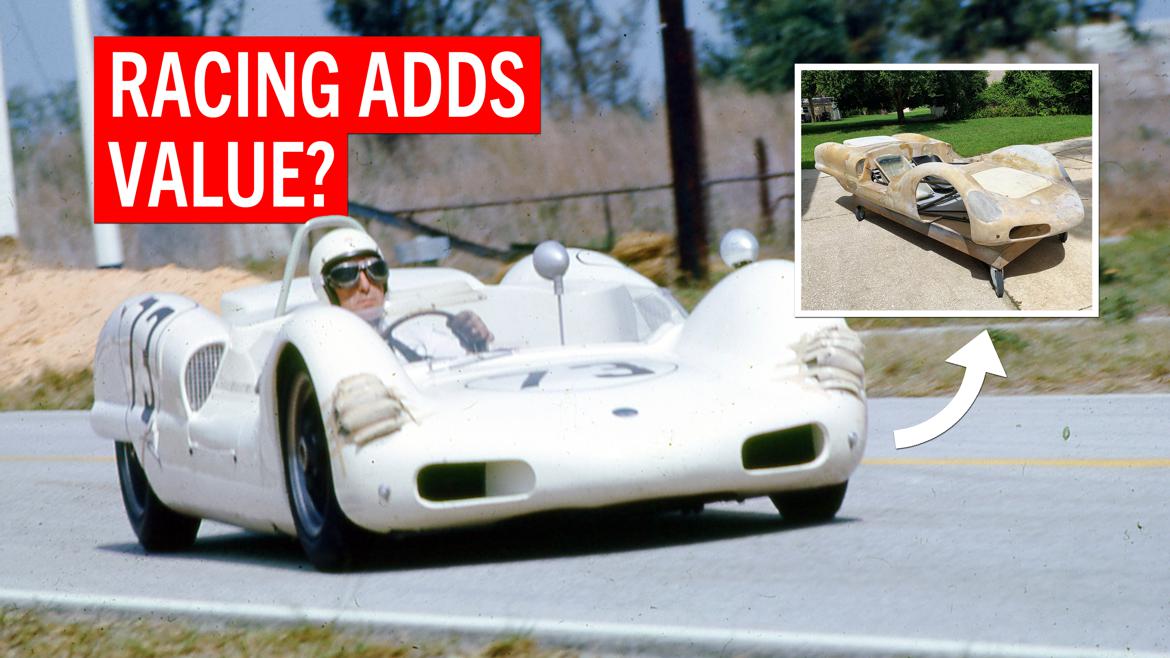I've driven a Toyobaru. They're a bit more expensive than a Miata (due to being heavier and more powerful) which is almost at the very bottom of the consumables cost scale, just above an old Civic or Corolla. Here are my usual costs. Note I don't street drive it much, it's mainly a track car I'd do 1-2 autocrosses per month and a few track days (maybe 4-8) with during our relatively short racing season.
Discs = ~$300 per year for a set of fairly ordinary discs like Centric blanks. Even with brake cooling scoops they get worn down to minimum thickness after a year, but different pad choices may get more life out of them.
Pads: These can vary a lot and it depends on what you run, but so far I've got pads that I can just about get through a full season with and they cost about $200 per set.
Tires: These can be all over the place, at the top end of the price scale you can buy a nice set of new tires like ECFs that cost nearly $1300 per set and they last me maybe two seasons. On the other end you can hunt around for great deals on used tires and spend around $400 on a used set that will last almost as long.
Gas: Mine has a tune for 92 octane which means it needs the best stuff most gas stations carry. On a full track day I'd blow through at least a full tank of gas, maybe more like 1.5. For an autocross I'd use maybe half to three-quarters of a tank, mostly driving there and back.
Engine oil = Mobil1 or Supertech full synthetic plus a Mobil1 or Mahle filter, changed once per year, maybe $50 to DIY it or $70~$80 with shop labor.
Brake fluid = Any decent DOT4/5.1 fluid, 1 change per year, costs very little, probably well under $15 per year.
Coolant = ordinary stuff, change it once every 2 years maybe, probably around $30~$70 depending on whether you DIY or pay a shop.
You also need to think about the cost of fixing the car if you damage it. I smashed my Toyobaru's nose a couple months ago and HO LEE E36 M3 it's a good thing I didn't buy anything more expensive. Modern safety items are madly expensive (look how much replacement airbags and seatbelt reels cost, make sure you're sitting down first) and you probably don't want anything with any autonomous driving features with costly sensors to smash. If you're converting a modern car for dedicated track use, replacing the headlights and perhaps also taillights with dummies could be a very worthwhile mod.
There are a few things that will need changing less frequently like trans & diff fluid but these are the major items.
Edit: Oh one more regular consumable that's a big ticket item if you're not trailering to and from the track, insurance. The Toyobaru is the most crashed car in the world and shockingly expensive to insure for its cost, weight and power. Comprehensive insurance costs me about $2k per year. That's more than I spend on gas, more than all the non-gas consumables, maybe even more than both of them combined.


































